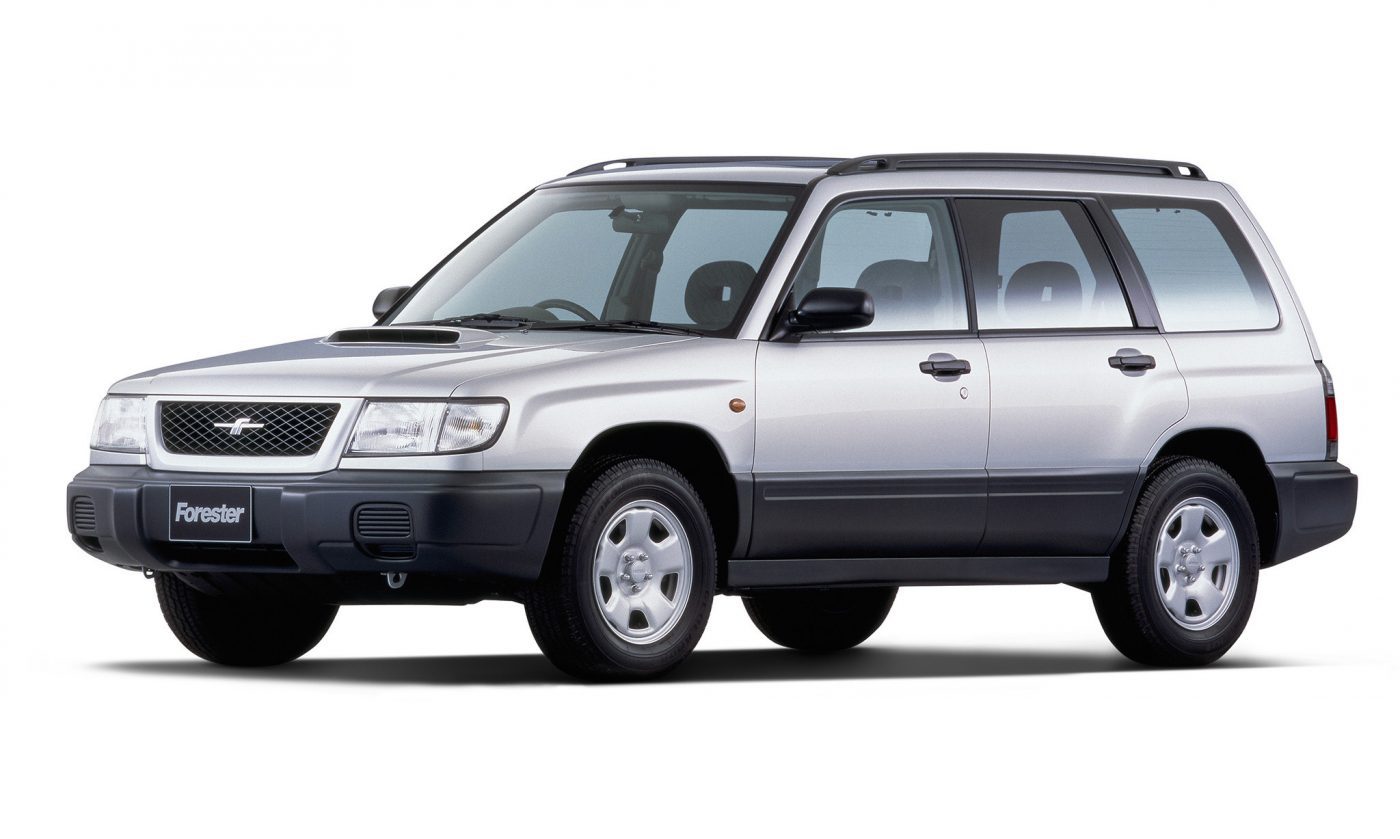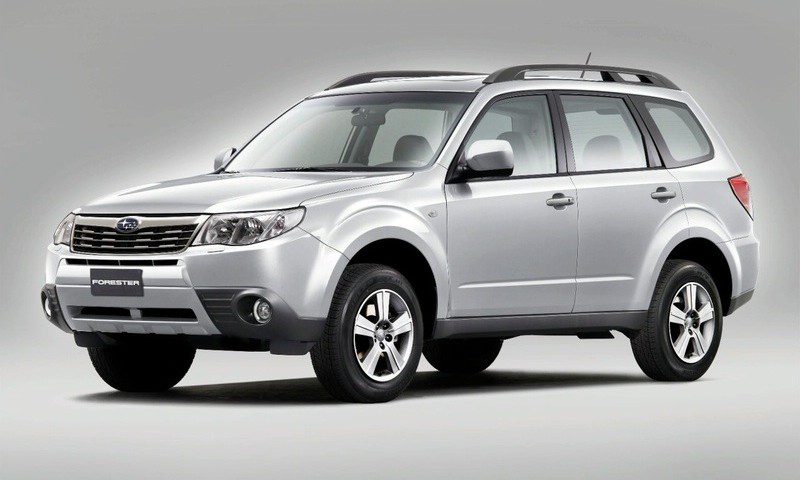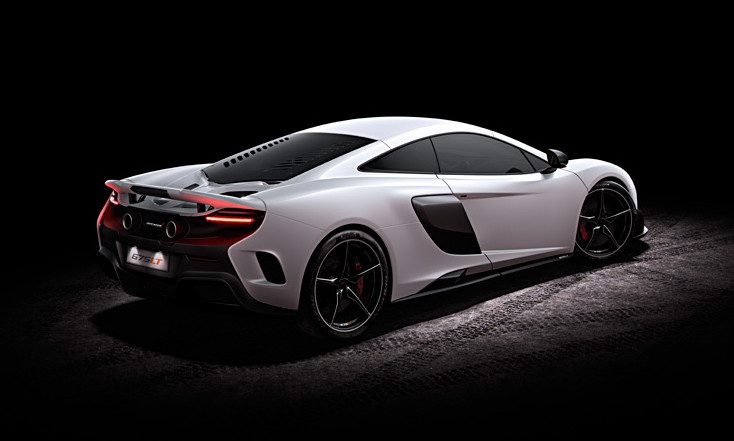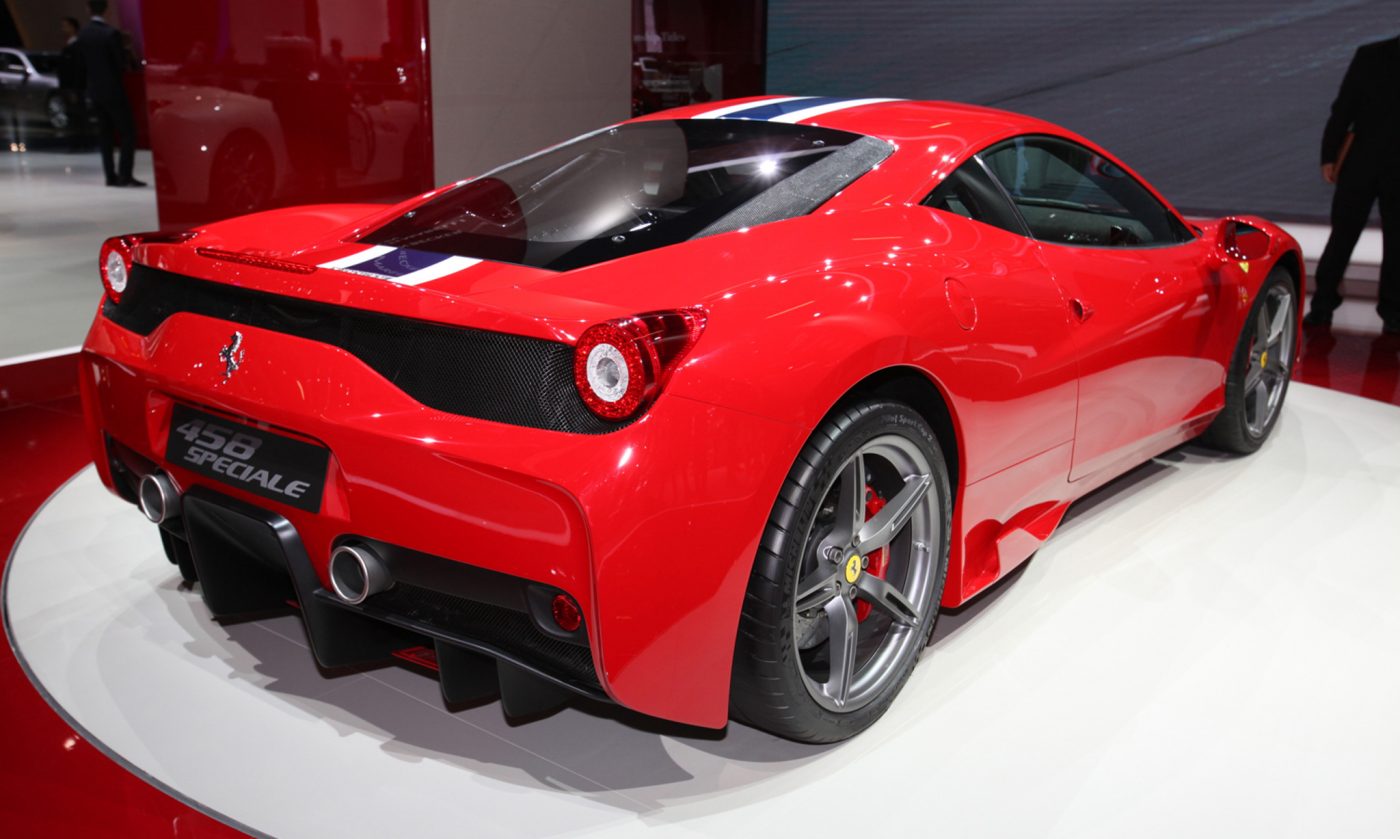The concept of a car “segment” is a curious thing. Mostly customers don’t know or don’t care in which segment their car competes. And in these crossover- and niche-obsessed times I get the feeling that predefined segments are becoming less and less relevant. After all, is the Dacia Sandero a competitor to the similarly-priced Suzuki Celerio, or rather the similarly-sized Opel Corsa? What about the BMW 5GT? Does it compete with the Mercedes-Benz E-class, R-class, or maybe old-fashioned minivans? Ultimately, does the notion of a segment even matter anymore beyond comparison tests and sales statistics?
Yes, they do, but not necessarily as a direct source of information to the buying customer. Rather, I believe they capture the idea that, when buying cars, consumers will usually decide on which car size they want (usually by anchoring their search on the segment leader e.g. the VW Golf) and then cross-shop similar cars. And cars that don’t neatly fit into these “search sets” are often ignored, especially if they are too different from the market leader in their segment.
Consider the midsize segment. By now, most carmakers have realized that because of different consumer expectations it’s profitable to design different midsize models for the European and North American (NA) markets (VW Passat, Honda Accord, Hyundai Sonata/i40). There are still a few holdouts trying to unsuccessfully sell NA-sized cars in Europe (Kia Optima, Subaru Legacy) or European-sized cars in the NA region (Suzuki Kizashi), but the really interesting case is Ford. After its too small European-derived Ford Contour failed miserably in the NA market in the mid 90s, the company is again trying to sell the same car on both sides of the pond (Fusion Mk II/Mondeo Mk IV). So far it seems the Fusion is just big enough for the US, but may turn out too big for Europe.
Surely it must then be a good thing that car companies are trying to give the customers what they want? Unfortunately, there are downsides to building cars that fit neatly in pre-determined market segments, and sophisticated car buyers are the losers in this.
First, there are fewer uniquely-positioned cars. Think of the Subaru Forester, which in its 1st and 2nd generations was a hip SUV-estate combination that defied easy classification. However, recognizing that consumers were more likely to consider a Forester if it was more directly comparable to the market-leading Toyota RAV4 and Honda CR-V, Subaru turned the 3rd generation Forrester into a bland copy of its competitors. Other examples include the Acura RDX, which went from rebel to conformist, and the Skodas Yeti and Roomster, the first of which will grow to better fit in the midsize SUV segment, while the latter will most likely not be replaced. In all these cases the 1st generation cars just did not neatly fit into the pre-defined car segments, and as a result were often not even considered by buyers. Even the great new Mercedes-AMG GT is an attempt to more closely compete with the Porsche 911, whereas its predecessor, the SLS, was a stand-alone model with more unique positioning and features (such as the gull-wing doors, gone on the GT).

Second, there is a sense of “me too” thinking about many new cars. Consider the newly-released McLaren 675LT in isolation and you might wander “what’s the point?”. Instead, you should realize that the sole purpose of this car is to lure in customers that are considering the Ferrari 458 Speciale. However, while the raw Speciale is a completely different beast than its baby brother, the 458 Italia, the former seems like little more than a McLaren 650S. Or consider the GLE Coupe, Mercedes’ attempt to lure customers away from the (inexplicably) successful BMW X6. I want to believe that if Mercedes really tried to come up with an interesting sporty SUV it would do more than just imitate the BMW X6, but instead they chose to blatantly copy the market leader.

That said, not all is lost. While the core models seem more and more homogenized, carmakers try to push boundaries with their niche models. Of course, some are failures (BMW’s GT-line, Merc R-class, Citroen DS4), but others will be successful (Citroen DS3/DS5, Merc SLS, VW CC) and will arguably go on to start their own sub-segments. There are even a few brands that seem set to continue their iconoclast ways: Dacia with their bargain-basement cars, or Skoda, whose cars often seem to fit between two segments. Long may this continue!











